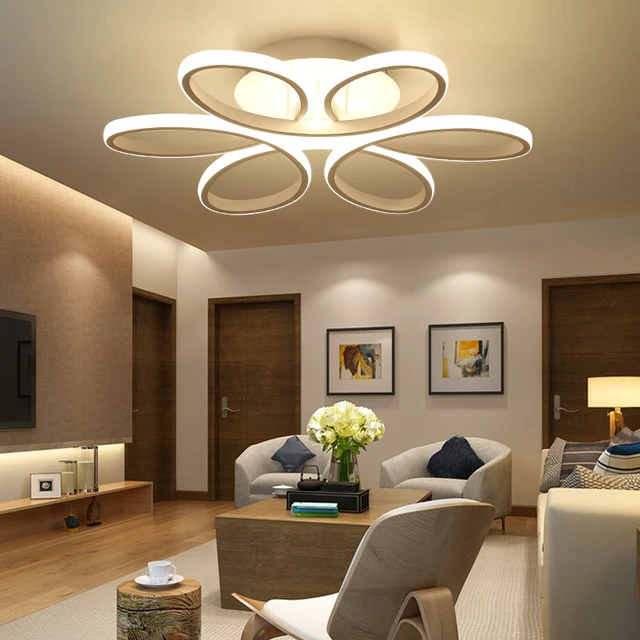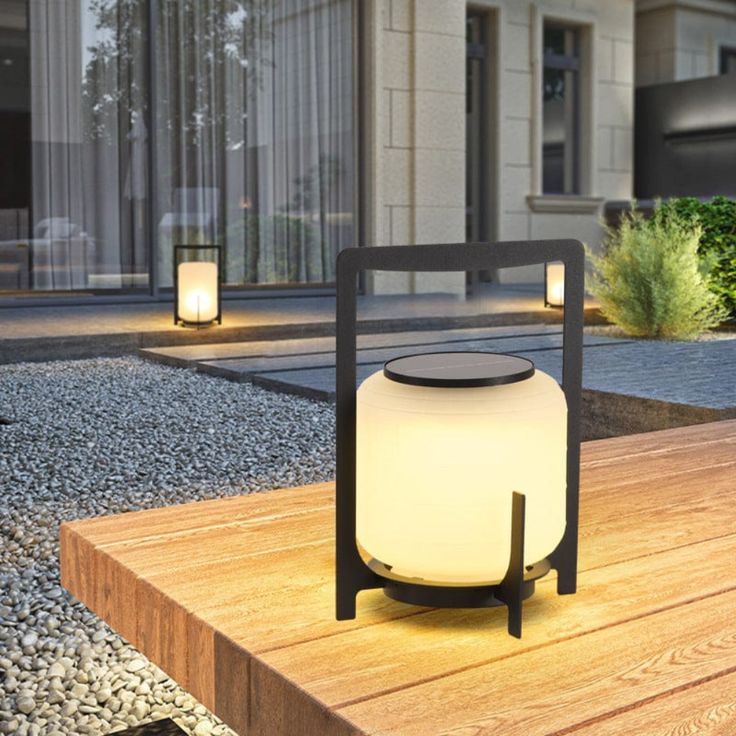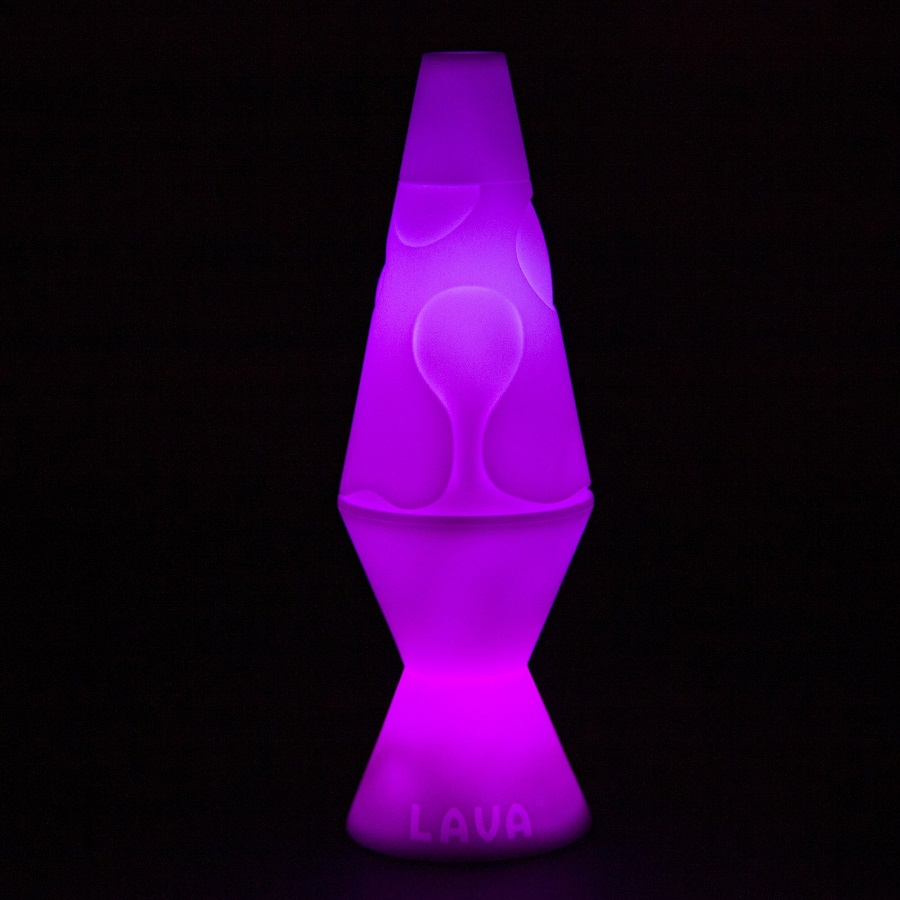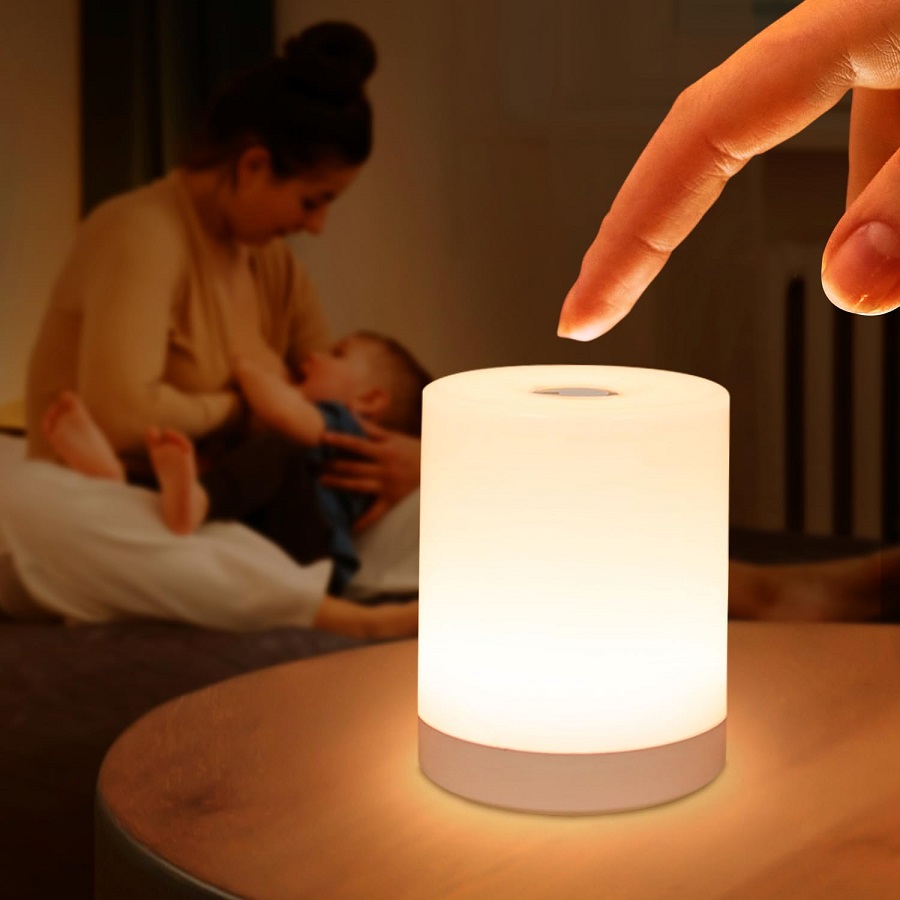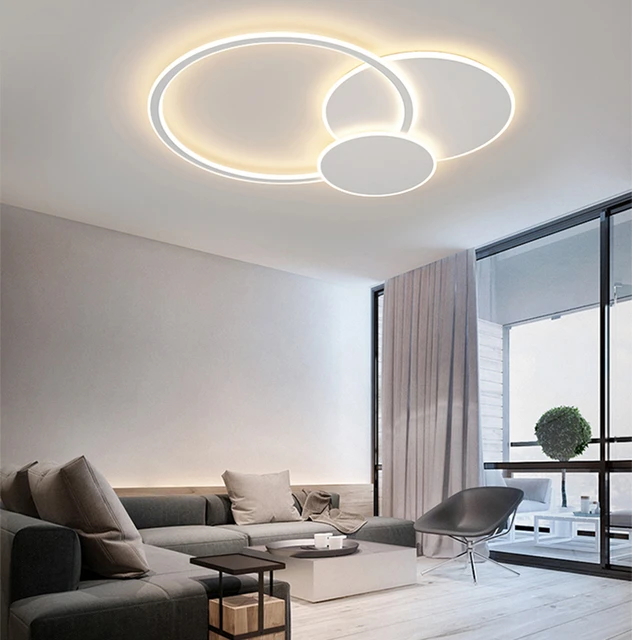 Introduction:
Introduction:
LED ceiling lights are a popular choice for their energy efficiency, durability, and stylish design. Understanding how to change an LED ceiling light is essential for maintaining proper lighting and functionality in your space. In this comprehensive guide, we will explore the step-by-step process of changing an LED ceiling light, including the necessary tools, safety precautions, and troubleshooting tips. By following this guide, individuals can confidently change their LED ceiling lights and enjoy a well-lit environment.
Common materials used in the construction of LED ceiling lights:
LED ceiling lights can be made from various materials, depending on the design and manufacturer. Here are some common materials used in the construction of LED ceiling lights:
Metal:
Many LED ceiling lights feature a metal housing or frame, which provides durability and stability. Aluminum and stainless steel are frequently used due to their lightweight nature, corrosion resistance, and ability to dissipate heat effectively.
Plastic:
LED ceiling lights may also incorporate plastic components, such as the diffuser or lens cover. Plastic is lightweight, cost-effective, and allows for various design possibilities. It is often used to create a diffused or frosted appearance that softens the LED light output.
Glass:
Some LED ceiling lights utilize glass elements, such as the cover or shade. Glass can provide a more premium and visually appealing look, offering transparency or various textures. It can enhance the overall aesthetic of the light fixture and contributes to the diffusion of light.
Acrylic:
Acrylic is a thermoplastic material commonly used as a diffuser in LED ceiling lights. It offers excellent light transmission and diffusion properties, allowing the LED light to be evenly distributed while minimizing glare. Acrylic can also be molded into various shapes, making it versatile for different designs.
Wood:
LED ceiling lights with a more rustic or natural aesthetic may incorporate wooden elements. Wood provides warmth and a touch of organic beauty to the overall design. It is often used in combination with metal or other materials to create a unique and visually interesting fixture.
Other Materials:
LED ceiling lights can also incorporate other materials such as fabric or glass fiber reinforced gypsum (GFRG) for specific designs or artistic interpretations. These materials offer distinct characteristics and can enhance the visual appeal of the light fixture.
The choice of materials for LED ceiling lights depends on factors such as design preferences, desired functionality, durability requirements, and cost considerations. By utilizing various materials, manufacturers can create a diverse range of LED ceiling lights to suit different interior styles and applications.
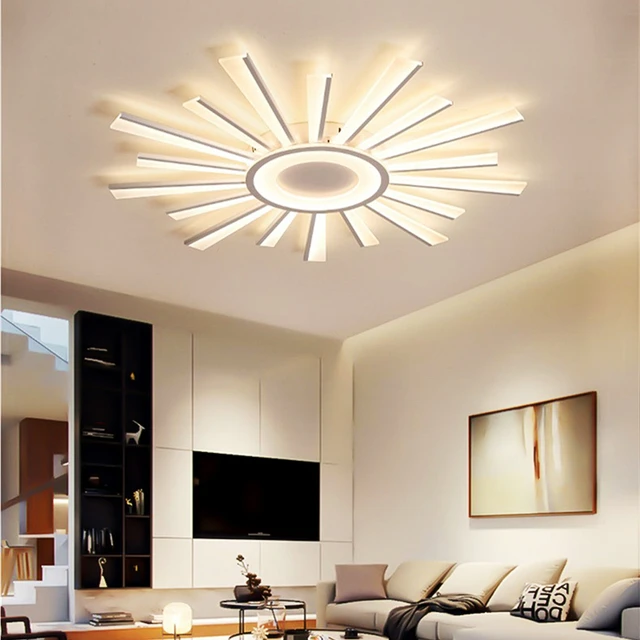 Preparing for the Change
Preparing for the Change
Gather the Necessary Tools:
Before starting, gather the required tools, including a ladder or step stool, screwdriver, wire stripper, and voltage tester.
Ensure you have a replacement LED light fixture suitable for your ceiling.
Turn off the Power:
Locate the electrical panel in your home and switch off the circuit breaker that controls the power to the ceiling light.
Use a voltage tester to verify that the power is off before proceeding.
Remove the Old Cover or Shade:
Most ceiling lights have a cover or shade that needs to be removed first.
Unscrew or unclip the cover to expose the light bulb and mounting hardware.
Disconnect the Wiring:
With the power off, carefully disconnect the wiring connections.
Use a wire stripper to remove the insulation from the wires.
Unscrew the Old Light Fixture:
Remove the screws or mounting bracket holding the old fixture in place.
Gently lower the fixture and untwist or unplug any connectors.
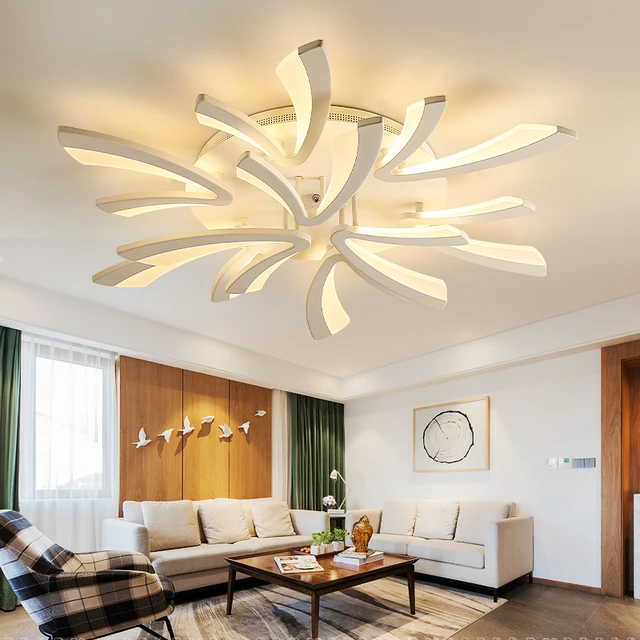 Installing the New LED Ceiling Light
Installing the New LED Ceiling Light
Attach the Mounting Bracket:
If necessary, attach the included mounting bracket to the ceiling using the provided screws.
Ensure the bracket is securely fastened and level.
Connect the Wiring:
Connect the new LED light fixture’s wires to the corresponding wires in the ceiling.
Twist the bare ends together, and cover them with wire nuts.
Follow the manufacturer’s instructions for specific wiring connections.
Secure the Fixture:
Align the holes on the new LED fixture with the mounting bracket or ceiling plate.
Insert and tighten the screws to secure the fixture in place.
Attach the Cover or Shade:
Place the cover or shade over the new LED ceiling light and secure it with screws or clips, if applicable.
Testing and Troubleshooting
Reinstate the Power:
Return to the electrical panel and switch on the circuit breaker that controls the power to the ceiling light.
Test the Light:
Turn on the light switch and ensure the new LED ceiling light illuminates properly.
If the light doesn’t work, check the wiring connections, ensure the power is turned on, and consult the manufacturer’s troubleshooting guide if necessary.
Adjustments and Final Touches:
Make any necessary adjustments to the new light fixture for optimal positioning and alignment.
Replace any decorative elements, such as decorative covers or diffusers, as needed.
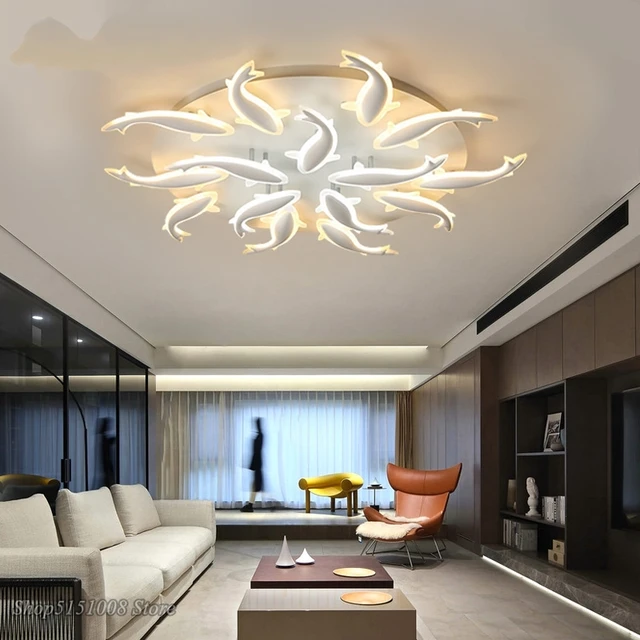 Some points of comparison between replacing an LED ceiling light with a chandelier:
Some points of comparison between replacing an LED ceiling light with a chandelier:
When replacing an LED ceiling light with a chandelier, there are several considerations to keep in mind. Here are some points of comparison between the two:
Installation:
LED ceiling lights are typically mounted directly onto the ceiling, and the installation process is relatively straightforward. Chandeliers, on the other hand, often require more intricate installation, involving electrical wiring and attaching the fixture to the ceiling or a supporting structure. It may require professional help or advanced DIY skills.
Style and Aesthetics:
LED ceiling lights offer a modern and minimalist appearance, often providing a sleek and clean look to the room. Chandeliers, on the other hand, come in a wide variety of styles, designs, and finishes, adding elegance, glamour, or decorative flair to the space. Chandeliers can be a statement piece and contribute to the overall aesthetic of the room.
Lighting Output:
LED ceiling lights are designed to provide efficient and bright lighting with different color temperature options (warm white, cool white, etc.). Chandeliers, on the other hand, often have multiple bulbs and offer more ambient, indirect, and decorative lighting. The lighting provided by a chandelier tends to be softer and more diffused, creating a warm and inviting atmosphere.
Room Size and Ceiling Height:
The size and layout of the room, as well as the ceiling height, should be considered when choosing between an LED ceiling light and a chandelier. LED ceiling lights are generally more suitable for smaller spaces or rooms with lower ceilings, while chandeliers can be used in larger spaces or rooms with higher ceilings to make a visual impact.
Energy Efficiency:
LED ceiling lights are known for their energy efficiency, using significantly less energy compared to traditional light sources. Chandeliers, however, can have multiple bulbs and may consume more energy depending on the types of bulbs used. Consider the energy efficiency of both options and choose according to your priorities.
Maintenance and Cleaning:
LED ceiling lights usually require minimal maintenance and cleaning, as they have a sleek and integrated design. Chandeliers, on the other hand, often have multiple parts, crystals, or glass elements that require regular cleaning and dusting to maintain their sparkling appearance.
It’s important to consider your specific needs, room requirements, and personal preferences when deciding between an LED ceiling light and a chandelier. Evaluate the installation process, style, lighting output, energy efficiency, and maintenance requirements to make an informed decision that best suits your desired aesthetic and functional goals.
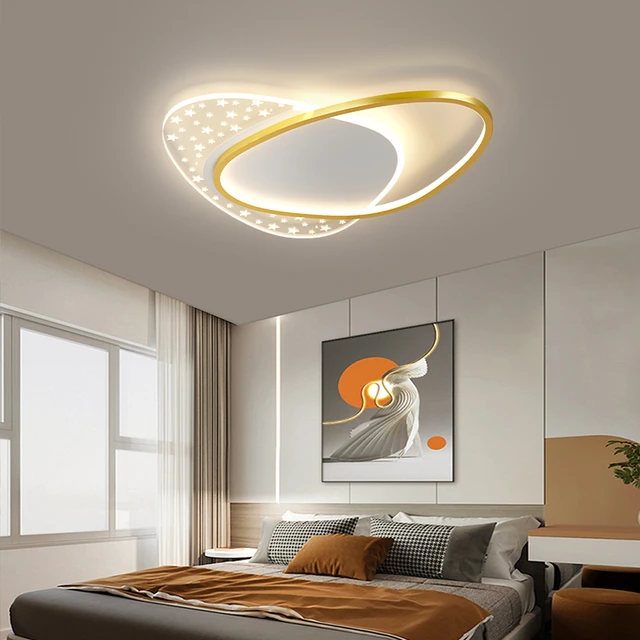 Conclusion:
Conclusion:
Changing an LED ceiling light is a relatively straightforward process when following the appropriate steps and safety precautions. By understanding the preparation required, the process of removing the old fixture, installing the new LED light, and conducting proper testing and troubleshooting, individuals can confidently change their LED ceiling lights and enjoy improved lighting in their space. Embrace the knowledge shared in this guide to effectively change your LED ceiling lights and enhance the illumination and ambiance of your home.
